
U.S. regulators are urging Americans to avoid Apetamin, an illegal drug used for weight gain and figure enhancement. The substance, typically sold as a syrup, is manufactured overseas, illegally imported and isn’t approved by the U.S. Food and Drug Administration. It contains a potent antihistamine called cyproheptadine, which requires a physician’s prescription in the United States. American consumers may find Apetamin online, on social media or in some retail stores, but they should not use it, the FDA warned in an agency news release. Among its dangerous side effects are potential overdose, sedation, cognitive impairment, dizziness, low blood pressure, disorientation and confusion, hallucinations, convulsions, and decreased breath and heart rates. It may lead to coma or death, the FDA said. The substance also decreases mental alertness, which may affect a person’s ability to drive a car or operate machinery. This strong antihistamine may be dangerously strengthened when taken with alcohol and other central nervous system depressants, such as hypnotics, sedatives, tranquilizers and anti-anxiety medications, the FDA said. Reports to the FDA’s Adverse Event Reporting System found young adults had taken Apetamin and experienced nervous system disorders, cardiac disorders and liver injury, the agency said. In one published report, someone who took Apetamin daily for six weeks developed autoimmune hepatitis. A chronic disease, this condition is treated with corticosteroids and immune system suppressors. It may cause… read on > read on >










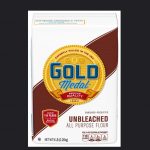
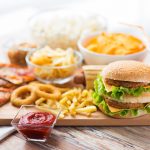

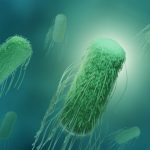
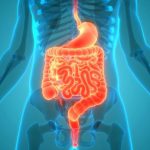

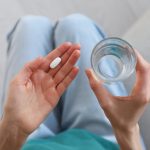

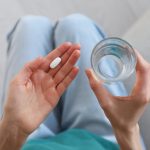










-300x200.jpg)







-300x169.jpg)
